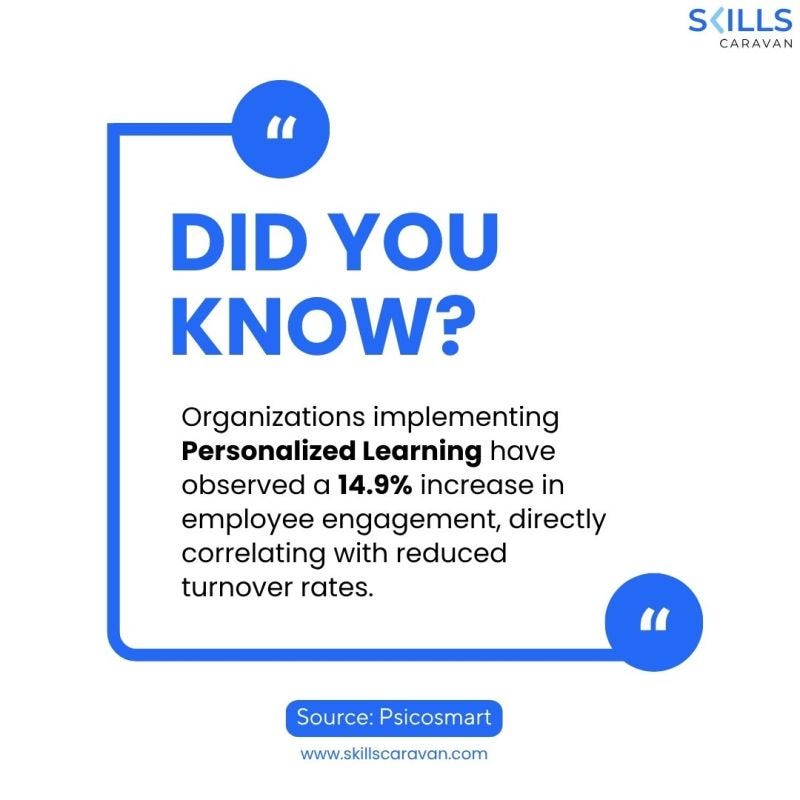Top 10 L&D Important Metrics for Employee Training
Employee training is an essential component of organizational growth, but without proper measurement, it’s hard to know what’s working and what isn’t. That’s where metrics for employee training come into play. These metrics provide insights into training effectiveness, engagement levels, knowledge retention, and business impact.
In this article, we’ll explore the top 10 Learning & Development (L&D) metrics every HR and L&D professional should track to ensure training programs are aligned with business goals and deliver measurable results.

1. Training Completion Rate
One of the most basic but important metrics for employee training is the completion rate. This measures the percentage of employees who finish a training course or program. High completion rates typically indicate good engagement, while low rates may signal issues with course relevance, length, or delivery method.
Why it matters: It helps assess whether employees are motivated to complete the learning paths and can uncover roadblocks in the training journey.
2. Knowledge Retention Rate
Training isn’t effective unless employees retain what they’ve learned. Knowledge retention measures how well employees remember and apply the information they were taught, usually assessed through post-training quizzes or practical evaluations.
Why it matters: Strong retention means the training is impactful and well-designed, reducing the need for repeated sessions.
3. Training ROI (Return on Investment)
Calculating ROI is one of the most powerful metrics for employee training, as it ties the cost of training directly to business results. ROI evaluates the financial return generated from the training investment by comparing benefits (like productivity gains or cost savings) to the expenses involved.
Why it matters: This helps justify L&D budgets and ensures training aligns with overall business strategy.
4. Time to Proficiency
This metric tracks how long it takes an employee to become proficient in a new skill or role after training. Time to proficiency is especially critical for onboarding new hires or upskilling current staff.
Why it matters: The faster employees become productive, the more efficient and cost-effective your training programs are.
5. Employee Engagement in Training
Measuring engagement involves analyzing participation levels, interaction with course materials, and feedback provided during or after the sessions. Engaged learners are more likely to retain information and apply it in their work.
Why it matters: High engagement levels indicate that your training content is relevant, accessible, and motivating.
6. Training Attendance Rate
Attendance rate tracks the number of enrolled employees who actually attend training sessions. It’s particularly relevant for instructor-led or virtual live sessions.
Why it matters: Low attendance could signal poor communication, scheduling issues, or lack of perceived value.
7. Learning Curve
The learning curve shows how quickly employees are mastering new concepts or skills over time. Tracking progress through sequential modules or assessments helps measure improvement.
Why it matters: A steep learning curve could indicate that training materials are too complex, while a flatter curve suggests better absorption and understanding.
8. Employee Satisfaction with Training
Collecting feedback via surveys or interviews after training sessions helps gauge satisfaction levels. This includes perceptions of course quality, relevance, instructor effectiveness, and ease of use.
Why it matters: Satisfaction is a strong leading indicator of how effective and engaging a training program is.
9. Behavior Change/Post-Training Application
Are employees actually applying what they learned on the job? Behavioral change metrics evaluate whether there’s a noticeable shift in how employees perform their duties post-training.
Why it matters: This metric confirms whether training is translating into real-world action and performance improvement.
10. Impact on Business KPIs
Ultimately, training should drive business outcomes. Linking training efforts to core business metrics — like sales growth, customer satisfaction, productivity, or error rates — offers a direct view of its strategic value.
Why it matters: This is the ultimate validation that your metrics for employee training are aligned with organizational goals.
How to Track Metrics for Employee Training
Now that you know which metrics for employee training matter most, the next step is tracking them effectively. Here are some best practices:
- Use an LMS (Learning Management System): Most modern LMS platforms provide detailed analytics dashboards for tracking completion, scores, engagement, and more.
- Set Clear Objectives: Define what success looks like before launching any training program.
- Collect Feedback Continuously: Don’t wait until the end of training — gather insights throughout the learning process.
- Compare Pre- and Post-Training Performance: Benchmarking helps reveal the actual impact of training.
- Align with Business Goals: Always link training outcomes to broader organizational targets for maximum value.
Final Thoughts
Tracking the right metrics for employee training is critical to ensuring your learning initiatives are effective, efficient, and aligned with your company’s growth. From completion rates to ROI, each metric offers a unique lens into how your workforce is learning and applying new knowledge.
As L&D continues to evolve in the digital era, relying on data-driven insights will be the key to creating a learning culture that drives performance and innovation.

Comments
Post a Comment